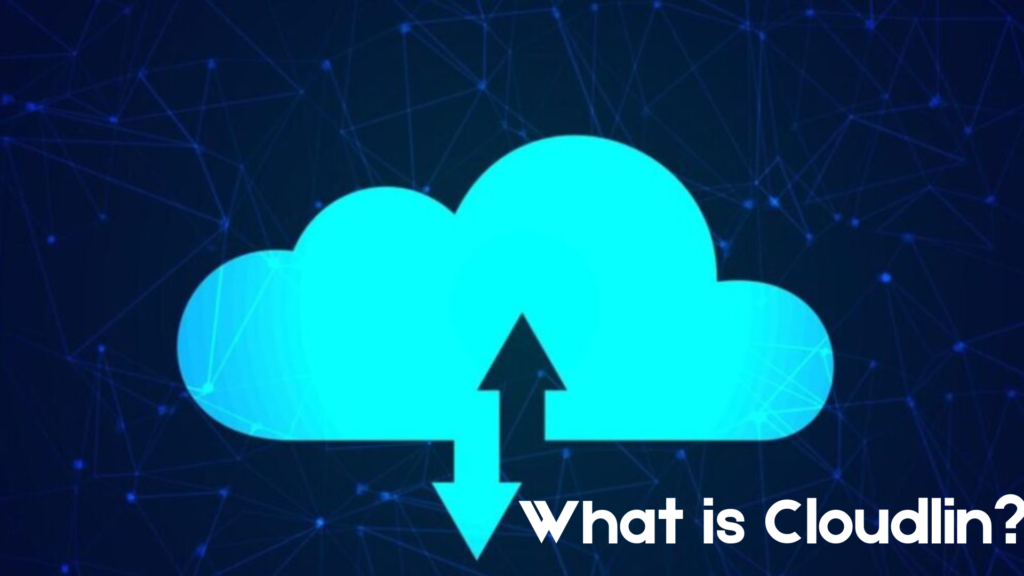Table of Contents
In today’s fast-paced digital landscape, the convergence of cloud computing and blockchain technology has become a focal point for innovation and growth. Among the various players in this space, Cloudlin stands out as a noteworthy solution, particularly in relation to its support for ETH1, the first version of Ethereum’s blockchain. This blog post aims to explore the intricacies of Cloudlin and ETH1, their interconnections, and their implications for developers, businesses, and the future of technology.
What is Cloudlin?

Cloudlin is a modern cloud computing platform designed to provide developers and businesses with scalable, flexible, and efficient cloud resources. It emphasizes ease of use, robust security features, and seamless integration with various technologies, including blockchain. The platform is particularly appealing for startups and enterprises looking to leverage cloud capabilities without the overhead of managing physical infrastructure.
Key Features of Cloudlin
- Scalability: Cloudlin allows users to scale their resources according to demand. This elasticity is essential for businesses experiencing fluctuations in usage or those looking to expand rapidly.
- Cost-Effectiveness: By offering pay-as-you-go pricing models, Cloudlin enables companies to only pay for what they use, significantly reducing operational costs.
- User-Friendly Interface: The platform’s intuitive dashboard simplifies cloud management, making it accessible for users with varying levels of technical expertise.
- Robust Security: With a strong emphasis on data protection, Cloudlin employs advanced security protocols to ensure that user data and applications are safeguarded against threats.
- Integration with Blockchain: One of Cloudlin’s standout features is its ability to integrate with blockchain technologies, particularly Ethereum.
Understanding ETH1
ETH1, or Ethereum 1.0, refers to the original version of the Ethereum blockchain, which has played a pivotal role in the rise of decentralized applications (dApps) and smart contracts. Launched in 2015, Ethereum revolutionized the way developers could create and deploy applications on a blockchain by enabling programmable transactions.
Key Characteristics of ETH1
- Smart Contracts: Ethereum introduced smart contracts, self-executing contracts with the terms directly written into code. This functionality has enabled countless decentralized applications (dApps) across various industries.
- Decentralization: ETH1 operates on a decentralized network of nodes, ensuring that no single entity has control over the entire blockchain. This feature enhances security and transparency.
- Proof of Work: Initially, ETH1 used a Proof of Work (PoW) consensus mechanism, which requires significant computational power for transaction validation. This has raised concerns regarding energy consumption and scalability.
- ERC Standards: Ethereum has established several token standards, most notably the ERC-20 and ERC-721, which facilitate the creation of fungible and non-fungible tokens (NFTs) respectively.
The Interplay Between Cloudlin and ETH1

1. Hosting dApps
Cloudlin’s ability to provide scalable cloud resources makes it an ideal environment for hosting decentralized applications built on ETH1. Developers can leverage Cloudlin’s infrastructure to deploy their dApps without worrying about the underlying hardware and network requirements.
2. Smart Contract Development
For developers looking to create and test smart contracts on the Ethereum blockchain, Cloudlin offers a conducive environment. Its user-friendly tools allow for rapid development cycles, making it easier to iterate and refine smart contracts before deploying them on the Ethereum mainnet.
3. Data Storage Solutions
One of the challenges in decentralized applications is data storage. While blockchain provides a secure way to store transaction data, it is not ideal for large volumes of non-transactional data. Cloudlin can serve as a complementary storage solution, allowing developers to store large datasets securely while leveraging the blockchain for transaction verification.
4. Enhanced Security Measures
Cloudlin’s robust security protocols can enhance the security of dApps and smart contracts deployed on ETH1. By utilizing Cloudlin’s security features, developers can ensure that their applications are safeguarded against potential attacks.
The Future of Cloudlin and ETH1

As the landscape of technology continues to evolve, both Cloudlin and ETH1 are poised for significant developments. With the transition to Ethereum 2.0 underway, which includes a shift from Proof of Work to Proof of Stake (PoS), the implications for Cloudlin and its users are profound.
Transitioning to Ethereum 2.0
Ethereum 2.0 promises to enhance scalability, security, and sustainability. As this transition progresses, Cloudlin is likely to adapt its offerings to ensure compatibility with the new Ethereum architecture. This includes optimizing cloud resources for PoS mechanisms and supporting new features introduced in Ethereum 2.0.
Expanding Use Cases
The synergy between cloud computing and blockchain is giving rise to innovative use cases across various sectors. Industries such as finance, healthcare, supply chain, and gaming are exploring the integration of dApps with cloud infrastructure. Cloudlin’s role as a facilitator of this integration will be crucial in the coming years.
Embracing Decentralized Finance (DeFi)
The DeFi movement has gained tremendous traction, with Ethereum serving as the backbone for many DeFi applications. Cloudlin’s capabilities can support the development and hosting of these applications, enabling businesses to tap into the growing DeFi ecosystem.
Conclusion
In conclusion, the intersection of Cloudlin and ETH1 presents exciting opportunities for developers, businesses, and technology enthusiasts. As both platforms continue to evolve, their integration will drive innovation and enable new solutions in the world of cloud computing and blockchain. By leveraging the strengths of each, businesses can create powerful applications that harness the benefits of decentralization, security, and scalability.
As we look to the future, the collaboration between cloud computing and blockchain technologies will undoubtedly shape the digital landscape, paving the way for a more connected and efficient world. Whether you are a developer, entrepreneur, or simply an enthusiast, staying informed about these advancements is crucial in navigating the ever-changing technological environment.
